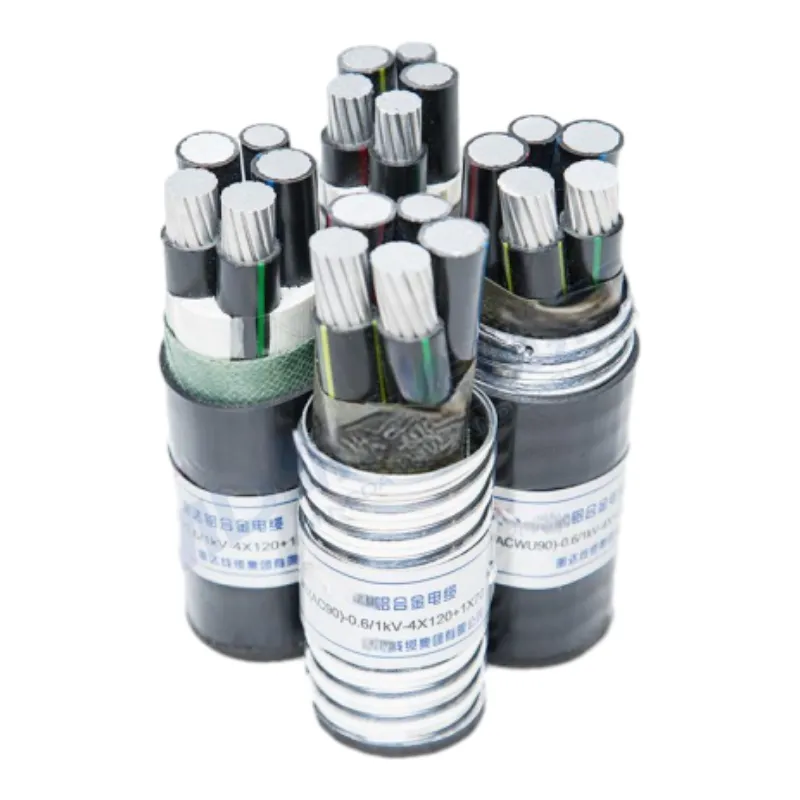9 月 . 17, 2024 11:46 Back to list
High-Quality Rubber Joints for Superior Flexibility and Durability
Understanding Rubber Joints Applications and Benefits
Rubber joints, also known as flexible joints or expansion joints, play a crucial role in various engineering applications. They are designed to absorb vibrations, accommodate thermal expansion and contraction, and allow for misalignment between connected piping systems or structures. These joints are essential in maintaining the integrity and longevity of piping systems, especially in industries dealing with harsh environments.
One of the primary benefits of rubber joints is their ability to dampen vibrations effectively. In industrial settings, machinery and equipment can produce significant vibrations that may lead to structural damage or premature wear. Rubber joints provide a cushioning effect, reducing the transmission of these vibrations through the system. This not only protects the connected pipes and fittings but also enhances the overall operational efficiency of the machinery involved.
Another significant advantage of rubber joints is their flexibility. Unlike rigid connections, rubber joints can easily accommodate slight movements, such as thermal expansion or contraction occurring due to temperature changes. This flexibility is particularly vital in piping systems that transport fluids at varying temperatures, as it prevents the development of stress points that could lead to leaks or failures. By allowing for axial, lateral, and angular movements, rubber joints help ensure that the system remains functional even under dynamic conditions.
rubber joint

Installation and maintenance of rubber joints are also relatively straightforward. They can be customized to fit specific requirements, allowing engineers to tailor them for various applications. Additionally, because rubber joints can absorb shock and vibrations, they often require less maintenance compared to more rigid alternatives, saving both time and money in the long run. However, it’s essential to consider the operational environment when selecting rubber materials, as exposure to certain chemicals or extreme temperatures may degrade the rubber over time.
Rubber joints are widely used in various industries, including water treatment, HVAC systems, chemical processing, and even in construction. In water treatment facilities, for example, they help manage the flow of water while accommodating the thermal expansion caused by temperature fluctuations in water. In HVAC systems, rubber joints ensure that air and refrigerant flow smoothly, minimizing energy loss and enhancing system efficiency.
In conclusion, rubber joints are a vital component in modern engineering, providing flexibility, shock absorption, and ease of maintenance in a wide range of applications. Their ability to mitigate vibrations while accommodating movement makes them essential for ensuring the longevity and reliability of piping systems. As industries continue to evolve and face new challenges, the significance of rubber joints in maintaining system integrity will undoubtedly grow, highlighting their importance in mechanical design and infrastructure development.
Share
-
Understanding the Differences Between Wafer Type Butterfly Valve and Lugged Butterfly ValveNewsOct.25,2024
-
The Efficiency of Wafer Type Butterfly Valve and Lugged Butterfly ValveNewsOct.25,2024
-
The Ultimate Guide to Industrial Swing Check Valve: Performance, Installation, and MaintenanceNewsOct.25,2024
-
Superior Performance with Industrial Swing Check Valve: The Essential Valve for Any SystemNewsOct.25,2024
-
Industrial Swing Check Valve: The Ideal Solution for Flow ControlNewsOct.25,2024
-
You Need to Know About Industrial Swing Check Valve: Functionality, Scope, and PerformanceNewsOct.25,2024